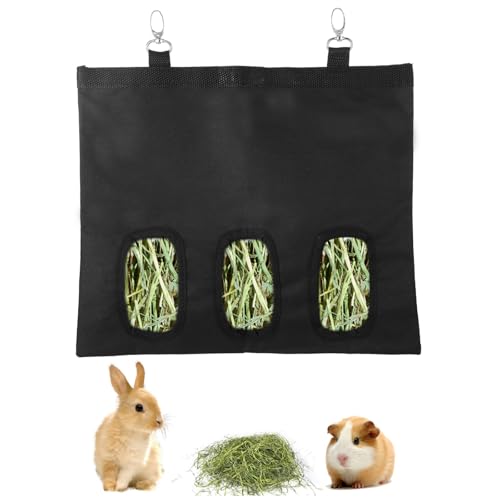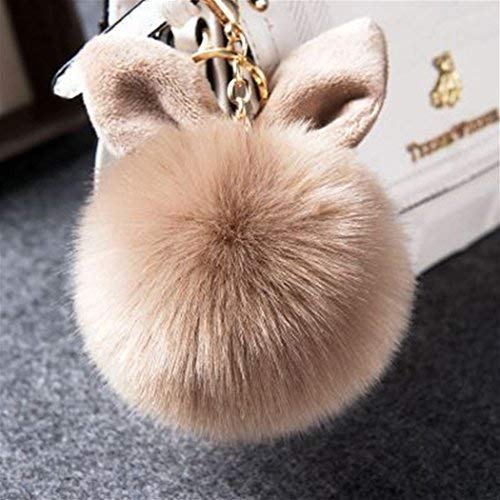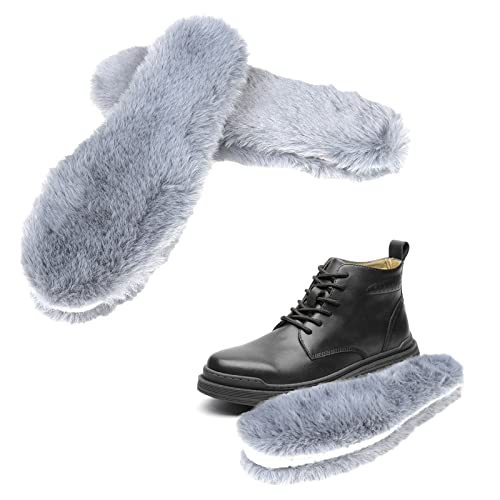Thanks for the photo; yes, I do see yellow tones. It's interesting that UK the standard doesn't specify what color the ticking should be; it sounds like there is a range of color allowed, especially given the call for belly color to be a "lighter shade varying with the top color." The American standard specifies the ticking is to be off-white or cream (and I suppose cream allows for some small amount of yellow pigment) so I suspect there are both GTS and STS being shown as steel in the US. The only Dutch breeder (USA) I know doesn't do steels but she is an ARBA judge, so I'll ask her about it.
Before this conversation I would have thought STS, but when I zoomed in, I saw definite gold ticking:
View attachment 35441
It's becoming apparent to me that very low-rufus GTS Dutch are what is often shown, even in America where the ticking is not supposed to be gold. Are these photos from a UK show?
Yes, the American Dutch Rabbit Club (ADRC, the national breed club,
Home Page) seems to be extremely slow to accept new varieties into the standard. In 2021 the ARBA recognized Golden Yellow and Lilac (UK: pale grey) as exhibition varieties, meaning they have completed two of three hurdles toward getting full acceptance. Given a recent ARBA rule change, the ADRC could have simply voted in a number of varieties without going through the lengthy and expensive COD process, but they did not pursue any of them.
Thanks to
@Curiouslagomorph and
@MsTemeraire for this discussion - I'm learning a lot!








































